Piston Slap: The Envoy's High Pressure Mission?

Dave writes:
Hello Sajeev,
I have a 2004 GMC Envoy, 4.2-liter six-cylinder, with about 123k miles that seems to be leaking coolant from somewhere around the radiator cap. Every time I come to a stop with the windows down or pull into the garage I can smell antifreeze. The radiator appears full and the reservoir seems to be maintaining a fairly consistent level of the pink stuff. It never leaks enough that I see wet spots except now and then around the cap, and even then it’s only a few drops at most. I’ve taken it to the mechanic; they double checked all the hoses and connections and even replaced the cap, but it didn’t help.
I replaced the cap a second time thinking I got a bad one, but the smell remains. By happenstance the cap I bought happened to be the exact same brand the mechanic used. I’ve attached a picture of the engine bay showing the areas where I can see dried coolant. The perplexing part to me is that, judging by the splatter pattern near the oil fill and the air filter box, some of the coolant seems to be making it to the fan. Still, I never see any wet spots leading in that direction. Do you have any suggestions?
As a side question, I have been getting an intermittent CEL with an associated P0526 code (fan speed sensor). It will come on for a trip or two and then go away on its own. Any chance the supposed coolant hitting the fan could be causing the CEL?
Sajeev answers:
After much googling, I’m at a loss for words. But your boy Sanjeev gets paid to type them words on the autoblogosphere, so let’s consider possible scenarios:
- Three bad (original one worn, two defective) radiator caps: you didn’t use a factory part, judging by the photo. But the odds of both aftermarket ones failing so quickly?
- Bad threads on the radiator neck? Reason being is if the cap isn’t bad, perhaps it’s the radiator: seems like a stretch.
- Bad upper radiator hose: not likely from the splatter pattern and your mechanic’s diagnosis.
- Engine compression forcing itself into cooling system? To the point the cooling fan is always running, running at a higher then acceptable voltage, triggering P0526?
Oooooh damn, son.
A friend reminded me of that problem when Baruth and I suited up for an endurance race: one of the racers (not me, not Jack) ran the motor hot, popping the head gasket. It wasn’t a colossal failure (yet) but when the team leader started up the motor with the radiator cap off, we knew what went south. Like a little slice of Old Faithful, the car’s radiator shot out water like a geyser.
So do the same: start the motor (WHEN COLD!) with the cap removed. Look for bubbles in the coolant, but watch out for geysers. Maybe wear goggles — better safe than sorry.
[Image: OP]
Send your queries to sajeev@thetruthaboutcars.com. Spare no details and ask for a speedy resolution if you’re in a hurry…but be realistic, and use your make/model specific forums instead of TTAC for more timely advice.

More by Sajeev Mehta
Latest Car Reviews
Read moreLatest Product Reviews
Read moreRecent Comments
- BlackEldo Anal grotto is NOT going to be happy about that H/K engine quip...
- Tassos GOOD CAR GOOD PRICE. MILEAGE IS DECENT CONSIDERING HOW LONG HONDAS LAST. THUS SPOKE REAL TASSOS. BIDEN DOLLARS
- Jimbo1126 $29,995? Chevy boasting that? It still looks like it starts at $19,995 and you know it's true.
- Tassos Money IS no object for me, but I would NEVER live in such a LOSER building.The REAL Tassos.
- Bd2 None of this would have happened had Hillary Rodham become president in 2016.



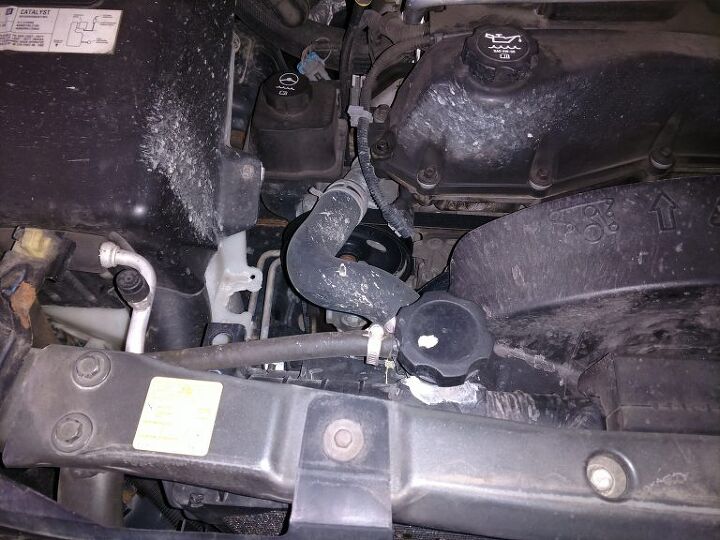












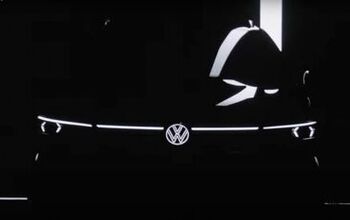


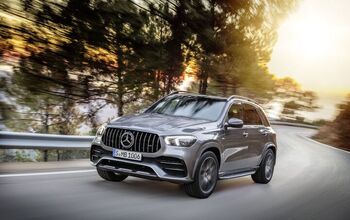
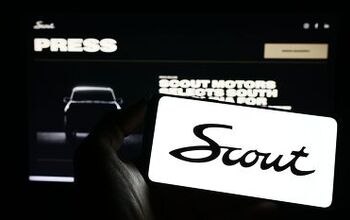




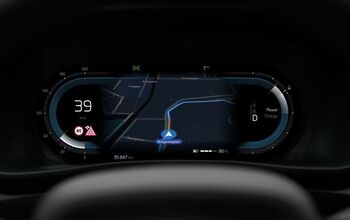


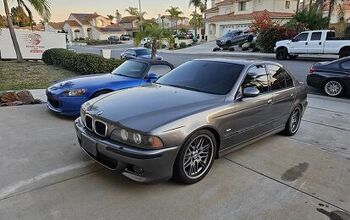


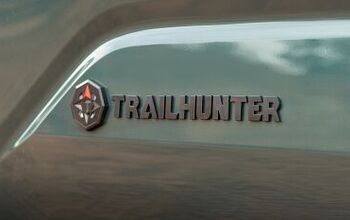

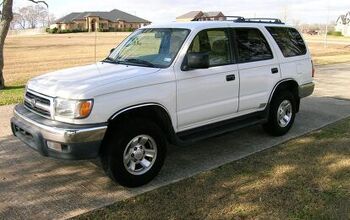
Comments
Join the conversation
I agree Phxmotor. Not sure why this even made it into the rotation of stories. Slow news day? lol. When I was a service manager I had a service advisor who was being pressed by a customer to diagnose his car over the phone so he would know exactly what the costs would be before a technician even looked at it. Finally, in frustration, the service advisor stopped the customer and said "First let me ask you a question: What do you think of the tie I'm wearing." "I can't see your tie!" the customer retorted. "Well I can't see your car," said the service advisor. The customer brought his car in. That being said, if the owner is too cheap to take it to a shop, many auto parts stores will loan you a complete coolant pressure testing kit (you pay something like $120 and then they give you it back when you bring the tool back). You find the correct adapter, screw it on to the radiator (or coolant bottle) filler neck, and pump up the tester and leave it on to observe where the leak is coming from. If non is found and the system holds pressure after a 1/2 hr or so, there are other adapters in the kit for testing the cap itself. If both of these tests don't show anything, then the cooling system is likely over-pressurized from a head gasket leak that is causing the pressure to rise above the stated limit of the cap. A shop can put an emissions tester near the filler neck or use litmus-type test strips to detect combustion gasses in the coolant to be sure. Test, don't throw parts at a car.
Agree with Yankee, TEST, until you find something. Vehicles came in my shop with similar problems. Cracked plastic cooling system parts were often the cause. Those can be found by the, already mentioned, pressure and dye tests. I had some that took more time to figure out. Leak down and compression tests are excellent diagnostic methods. What I found on some was that the regulated pressure of the leak down tester (usually 40-60PSI) was not enough to find some head gasket failures. On a, "Let's try this", I put shop air (150PSI) into the cylinders. On one bubbles appeared at the cooling system pressure cap neck. Apparently some initial gasket leaks act like a relief/check valve. Only letting high pressure into the cooling system from the combustion chamber. This usually leads to coolant coming out when highway driving. Short trips there is little or no leakage. Standard cooling system pressure test was okay, but that is usually no more than 20PSI. Look at the plastic parts again. A neighbor removed the cylinder heads from a Buick V6 because coolant came out when the spark plugs were removed (engine would not turn/start). However the real cause was a cracked plastic intake manifold that had a coolant passage. This allowed coolant into the cylinders. Of course easiest would be to find a technician that sees that GM motor a lot. They might immediately point to something and say, "These crack/leak all the time."